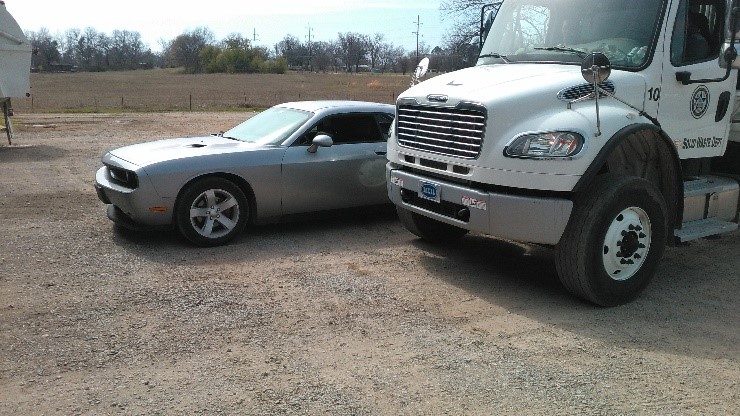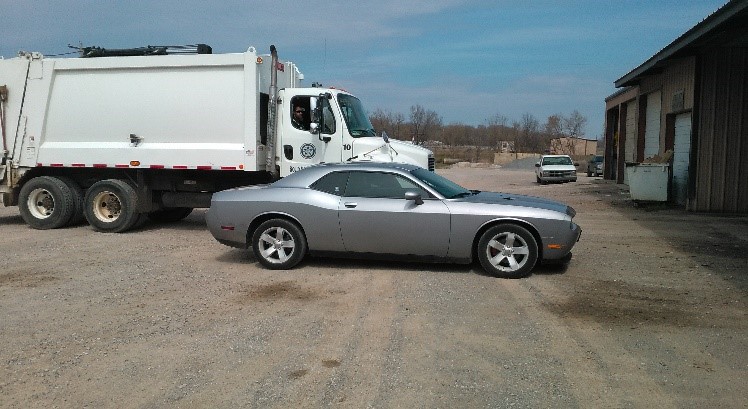What is Wastewater?
We’ve all driven by those “wastewater treatment facilities” that are usually miles away from our city or town. You know the place even before you see it; many times, in the summer you can tell where it is by following your nose. Have you ever wondered what happens at those facilities? Basically, dirty water is cleaned and returned to streams and lakes in the following methods.
What Is Wastewater?
Many people confuse the terms wastewater and sewage. According to Wikipedia, wastewater is any water that has been corrupted by human waste, but can also include industrial pollutants, as well as surface, storm, or sewer runoff. Sewage is a specific type of wastewater from human waste.
How Is Wastewater Treated?
Municipal wastewater is treated in municipal wastewater treatment plants. Once treated, wastewater is released back into water systems. In some municipalities, storm drains run directly into moving waterways such as creeks and rivers. In other municipalities where there is a high level of chemical runoff or where the storm drains combine with sewage, the wastewater is sent to sewage treatment plants.
Sewage treatment is simply the process of removing contaminants from wastewater so it can be safely released back into the environment. The solids that are removed from sewage, often referred to as sludge or slurry, often undergo further treatment before being burned or even used as fertilizer.
There are physical, chemical, and biological processes involved in wastewater treatment.
The Three Main Types of Municipal Wastewater Treatment
Physical Wastewater Treatment - Physical or mechanical treatment of municipal wastewater removes the heaviest solids from raw sewage and municipal runoff. The process includes screening, sedimentation and allowing solids to sink, and often removes as much as 50-60% of the solids.
Biological Wastewater Treatment - In this second phase, live microbes are added to consume the dissolved organic matter that escaped the physical treatment stage. Microbes consume organic matter as food and then convert it to carbon dioxide gas, water, and other less harmful waste. Additionally, much of the remaining organic material recombines or binds together. So, additional sedimentation and screening may occur. At this point, as much as 85% of the solid waste will be removed from the wastewater.
Chemical Wastewater Treatment - This is the final step that will ensure the removal of more than 99 percent of all the impurities from wastewater. Chlorine disinfection is the most common chemical treatment. Other processes attempt to remove levels of phosphorus and nitrogen. Additionally, carbon filtering may be used in this final stage before clean water is released back into the environment.
What About Septic Systems?
According to some estimates, as much as 20% of the United States is currently treating their own sewage using onsite septic systems. Septic systems take all the water flow out of the home including the human and household waste. The wastewater flows into a septic tank where solids sink to the bottom and oils float to the top. These solids and oils are then removed on a regular basis. The remaining water flows into a drain field where the remaining liquids dissipate into the surrounding soil.
The Importance of Good Quality Microbes in Your Treatment System and Lift Stations
There are words in our language which trigger instant, negative sensations in those that encounter them. Sometimes, these feelings are justified; other times, they are not. Words like ‘bacteria’ and ‘microbe’ fall into this latter category.
These words are often associated with disease, with decay, and with general ill-health and uncleanness, but we need bacteria and microbes to survive. Microbes help us to maintain healthy digestion, they support entire ecosystems, and they can be used to great effect in our cities and towns.
Lift stations, or pumping stations, perform vital functions in our municipalities, but they can become unpleasant and even dangerous if they are not properly maintained. Therefore, good quality microbes and bacteria are vital in a treatment system and lift stations.
A Fresher, Cleaner Environment in the Local Community
The nature of a pumping station – and the nature of the materials such stations handle – can unfortunately render them somewhat unpleasant to the people who live and work in the surrounding area. While people understand the vital work that lift stations do in municipalities all over the world, it is still the responsibility of the public works department to safeguard the quality of life of people nearby. Using good quality bacteria can assist with this.
Bacteria and microbe products work to neutralize odors, securing a fresher and far cleaner environment for the nearby city or town. They can also be used to treat the wastewater of the lift station – usually the source of the unpleasant odor. Oil, grease, and other unclean substances are broken down by the application of bacteria and can then be easily removed or drained from the site. A healthy balance of microbes is vital to operations of the treatment system and lift stations.






